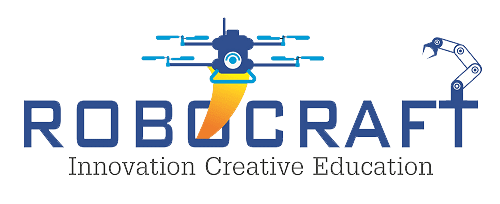hybrid bike conversion 60-72v 1.5kw Spec –
- Motor Design: 17inch BLDC Electric Hub Motor with a disc brake and sprocket wheel
- Motor Size: 17×2.75
- Magnet Height: 40H, 24 pole pairs
- Stator: Iron Core
- Rated Power: 1500W
- Speed: peak 75KPH
- Work Voltage Range: 60V-72V
- Peak Current: 80A
- Torque: 140-180N.m
- Drop-outs: 220mm
- Brake Type: Disc brake
- Hall: Dual Halls with waterproof connectors (One for spare)
- Thermistor: include
- Color: Black
This is a hybrid Ebike 60-72v 1.5kw17 Inch with a disc brake and sprocket wheel.
Mechanism
Hub motor electromagnetic fields are supplied to the stationary windings of the motor. The outer part of the motor follows, or tries to follow, those fields, turning the attached wheel. In a brushed motor, energy is transferred by brushes contacting the rotating shaft of the motor. Energy is transferred in a brushless motor electronically, eliminating physical contact between stationary and moving parts. Albeit brushless engine innovation is more costly, most are more proficient and longer-enduring than brushed engine frameworks.
A center engine ordinarily is planned in one of three setups. Considered least pragmatic is a pivotal transition engine, where the stator windings are regularly sandwiched between sets of magnets. The other two configurations are both radial designs with the motor magnets bonded to the rotor; in one, the inner rotation motor, the rotor sits inside the stator, as in a conventional motor. In the other, the outer-rotation motor, the rotor sits outside the stator and rotates around it. The application of hub motors in vehicular uses is still evolving, and neither configuration has become standard.
Electric engines have their most noteworthy force at startup, making them ideal for vehicles as they need the most force at startup as well. The idea of “Firing up” so normal common with internal combustion engines is unnecessary with electric motors. Their greatest torque occurs as the rotor first begins to turn, which is why electric motors do not require a transmission. A gear-down arrangement may be needed, but unlike in a transmission normally paired with a combustion engine, no shifting is needed for electric motors.
MINIMUM BATTERY CAPACITY REQUIRED 72V 42AH as below we have (BATTERY NOT INCLUDING)
- Li-ion Battery – https://robocraftstore.com/product/26650-li-ion-battery-pack-72v-55ah-3c-for-e-rickshaw/
Package Include
1X hybrid bike conversion 60-72v 1.5kw





